Dal
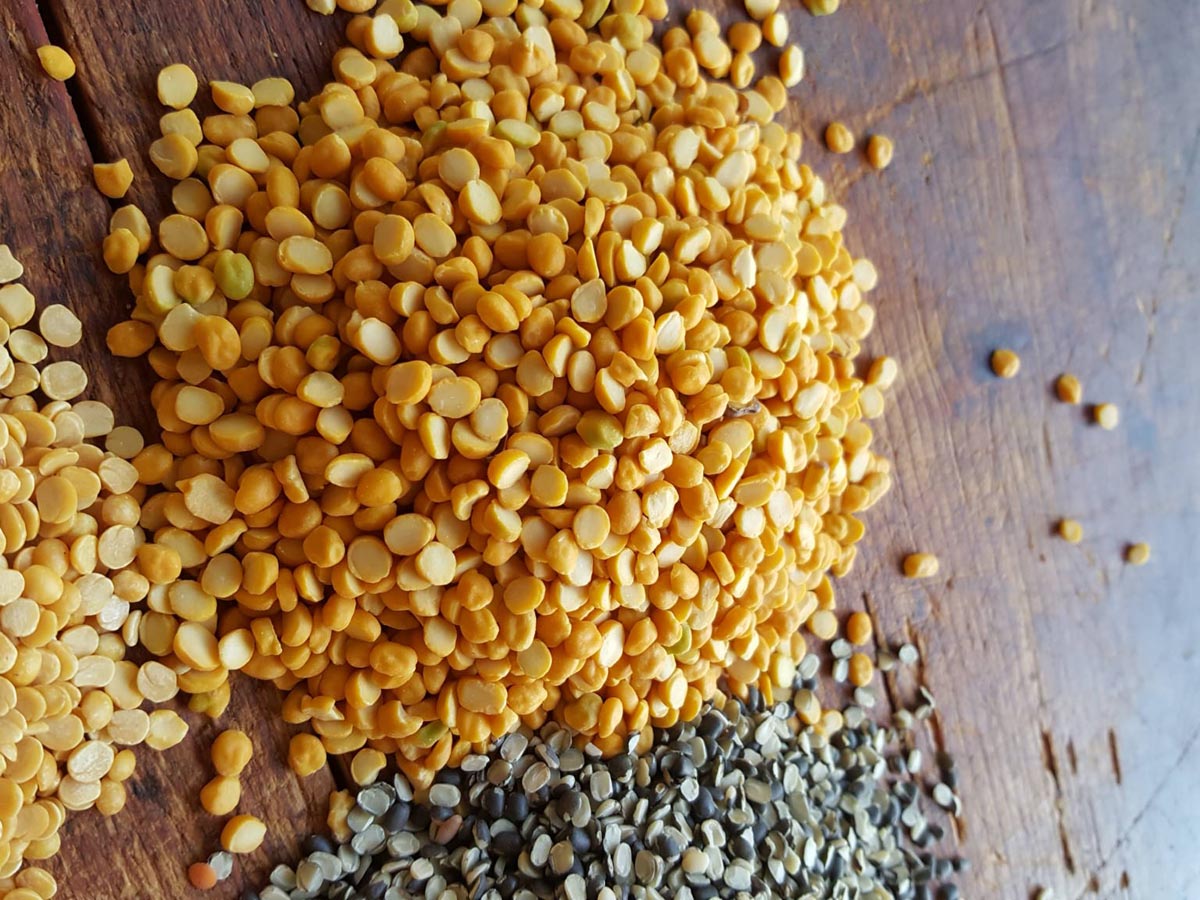
The Dahlings of the Indian Kitchen

The Dahlings of the Indian Kitchen
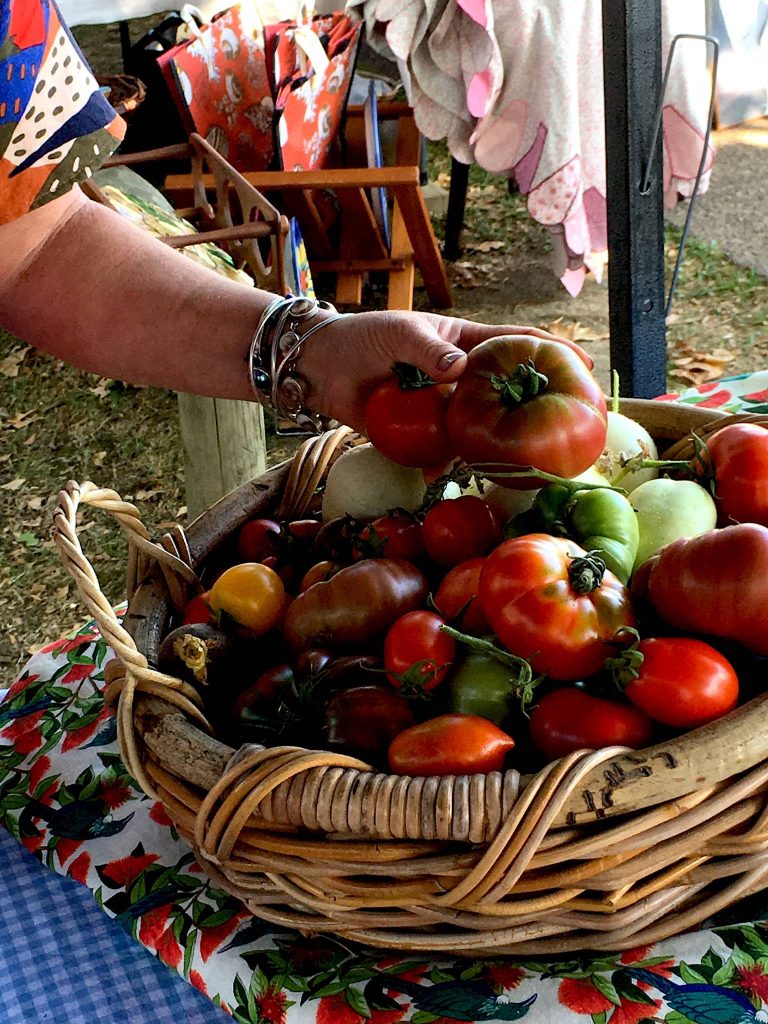
Colourful characters, buskers, kids, dogs, collectibles and more … oh, better mention good food.
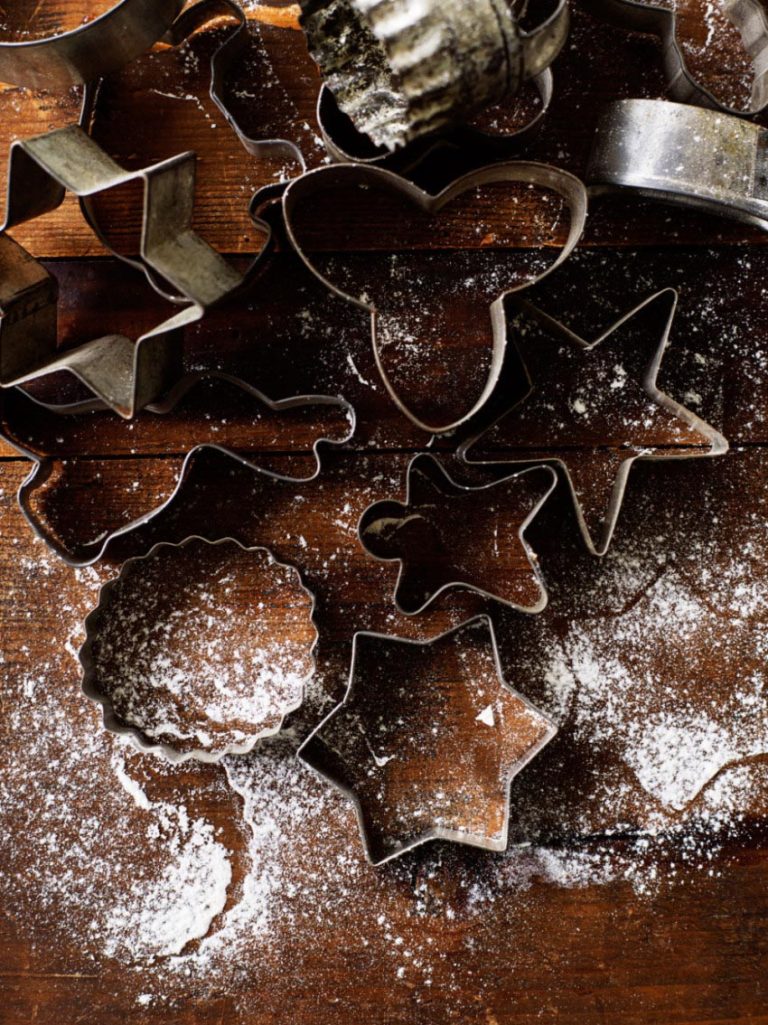
A handful of really useful tips.

Song & Poetry Thing held the last Friday of each month Waiheke Island
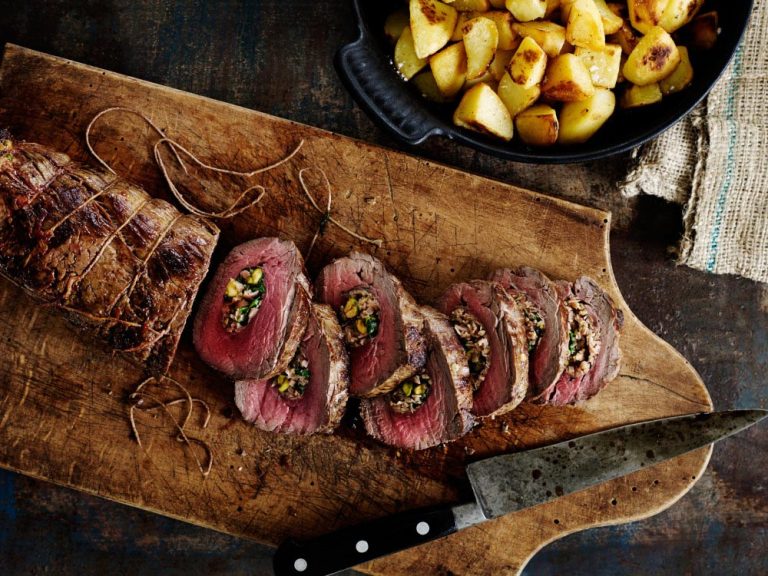
It’s not that we need an excuse to fire up the oven and cook a roast in our household, but sometimes having a reason to do so makes it more of an occasion. This Sunday, August 2nd, is Selak’s New Zealand Roast Day and we’ll gather together with the family to enjoy a hearty roast…
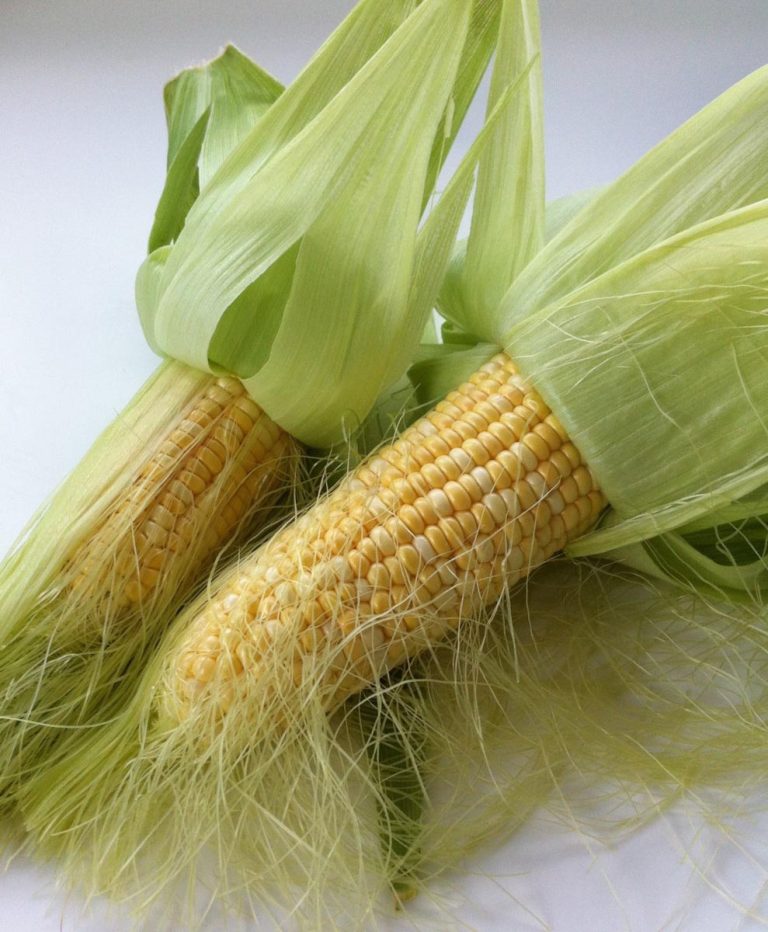
Fresh sweet corn tastes great, and it’s good for us.
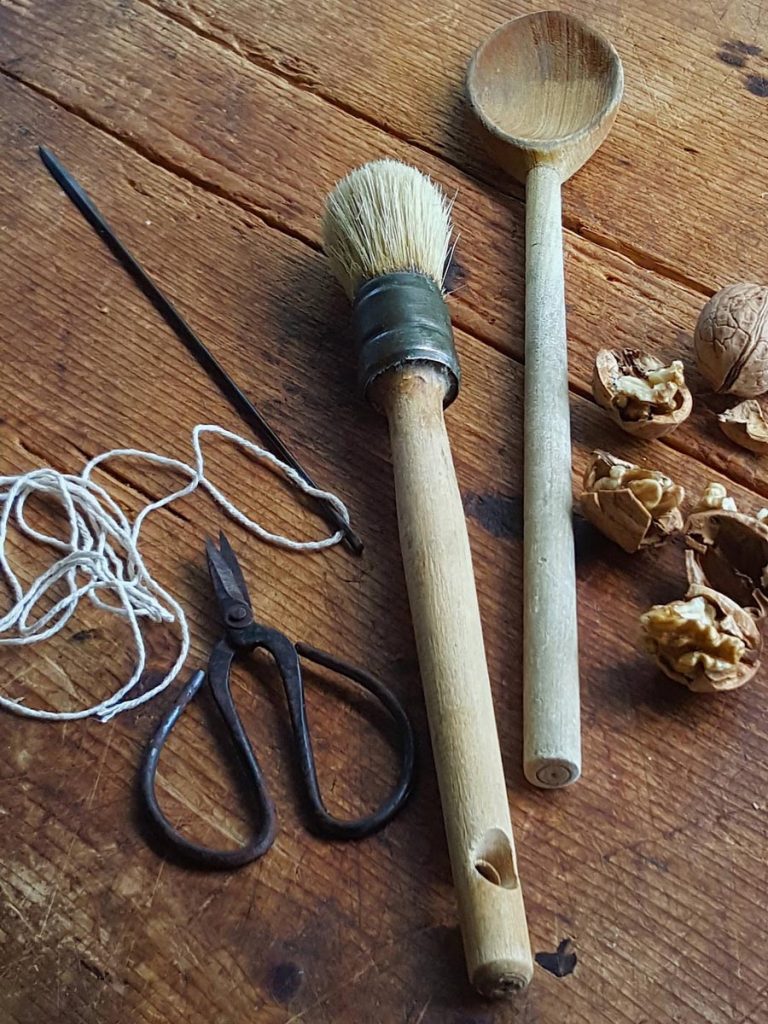
Turkey timers? Nah. Wiggle the legs, poke in the skewer… Juices clear? Good to go.
No products in the basket.
Welcome to the new Shared Kitchen experience! If you encounter any issues, please let us know. Dismiss